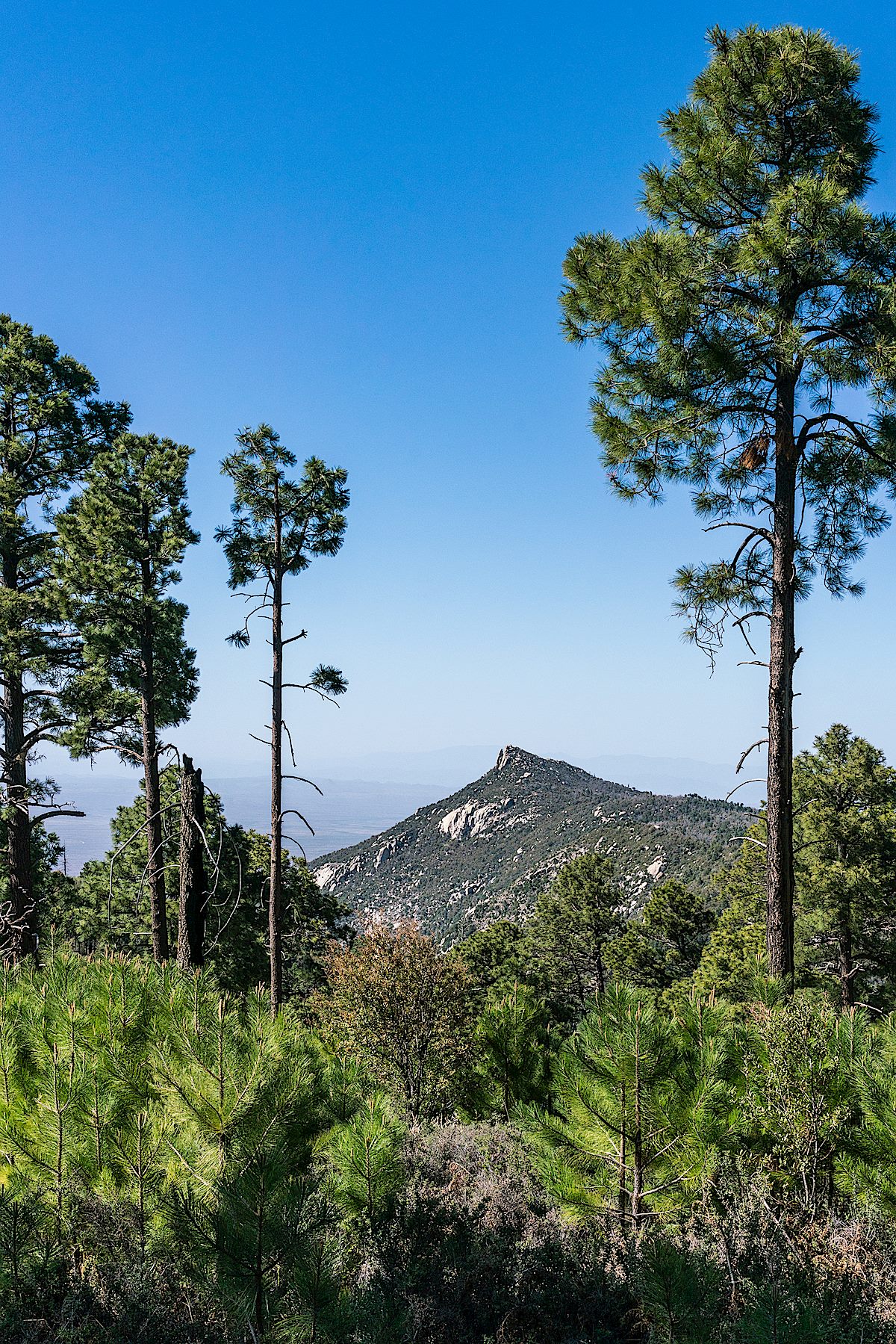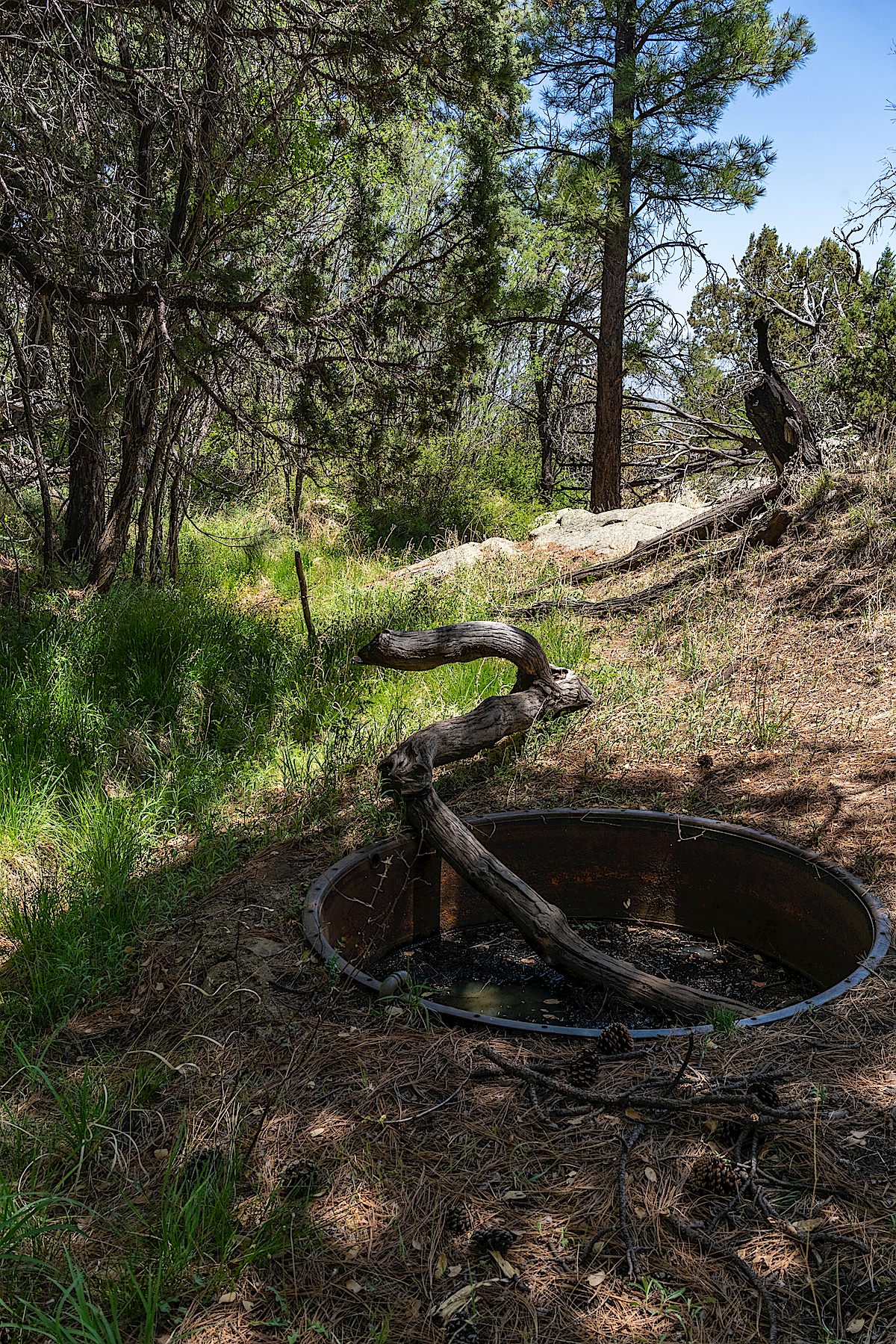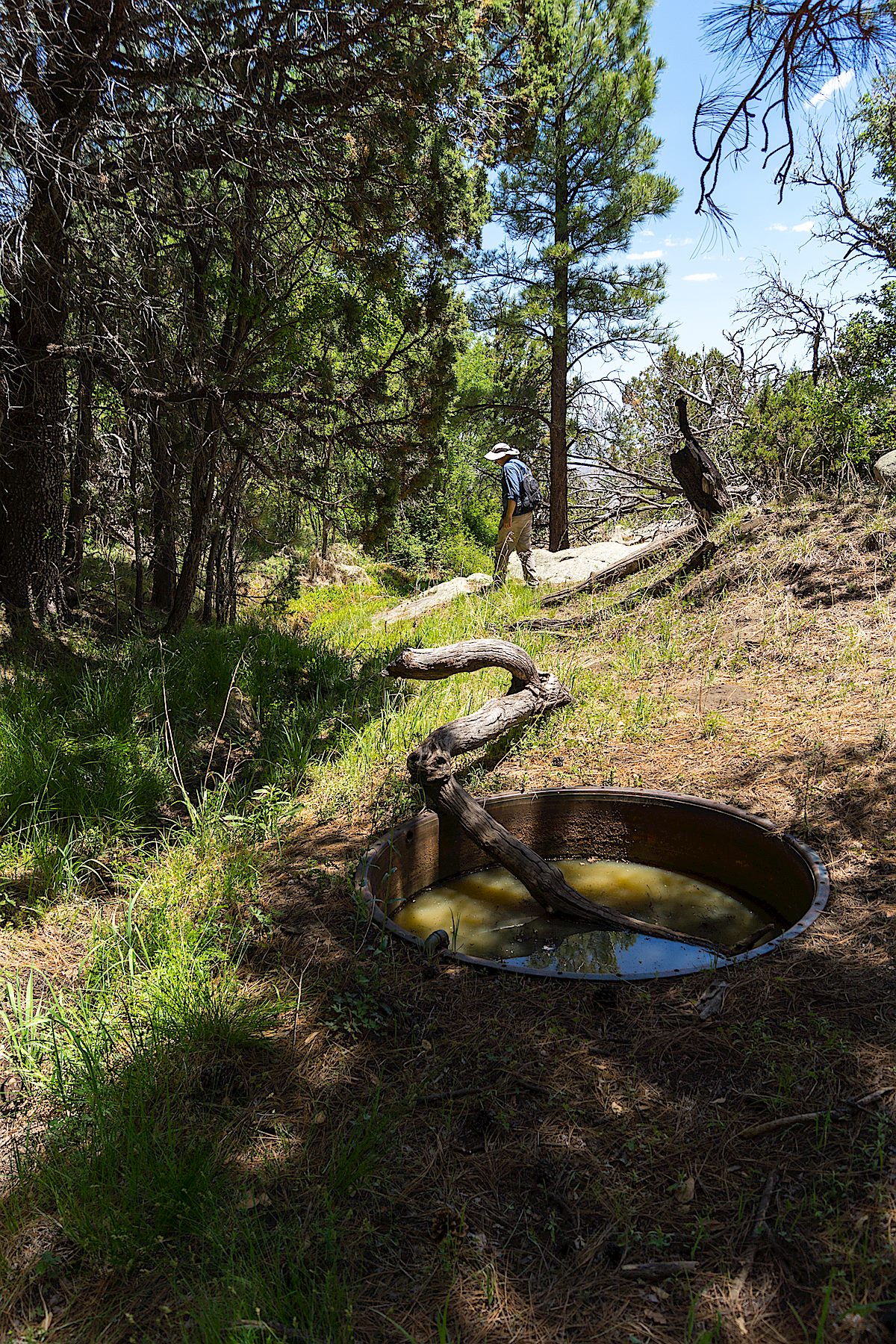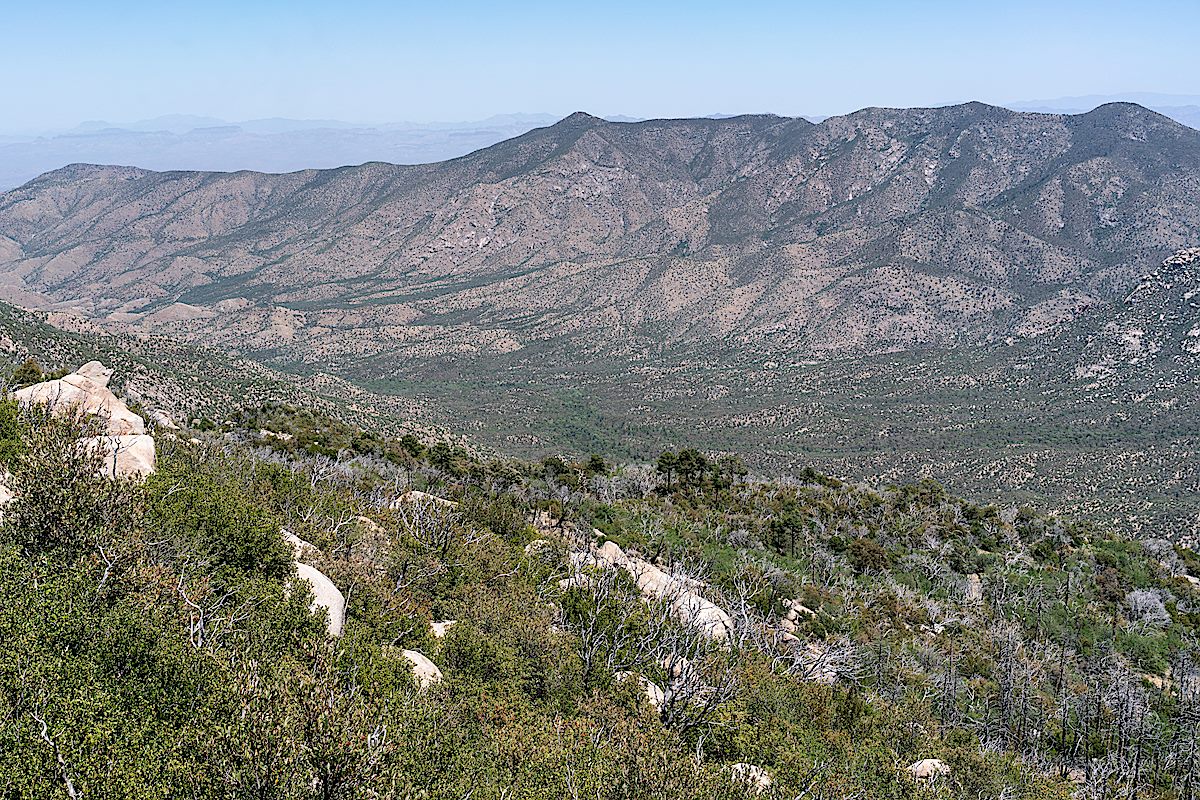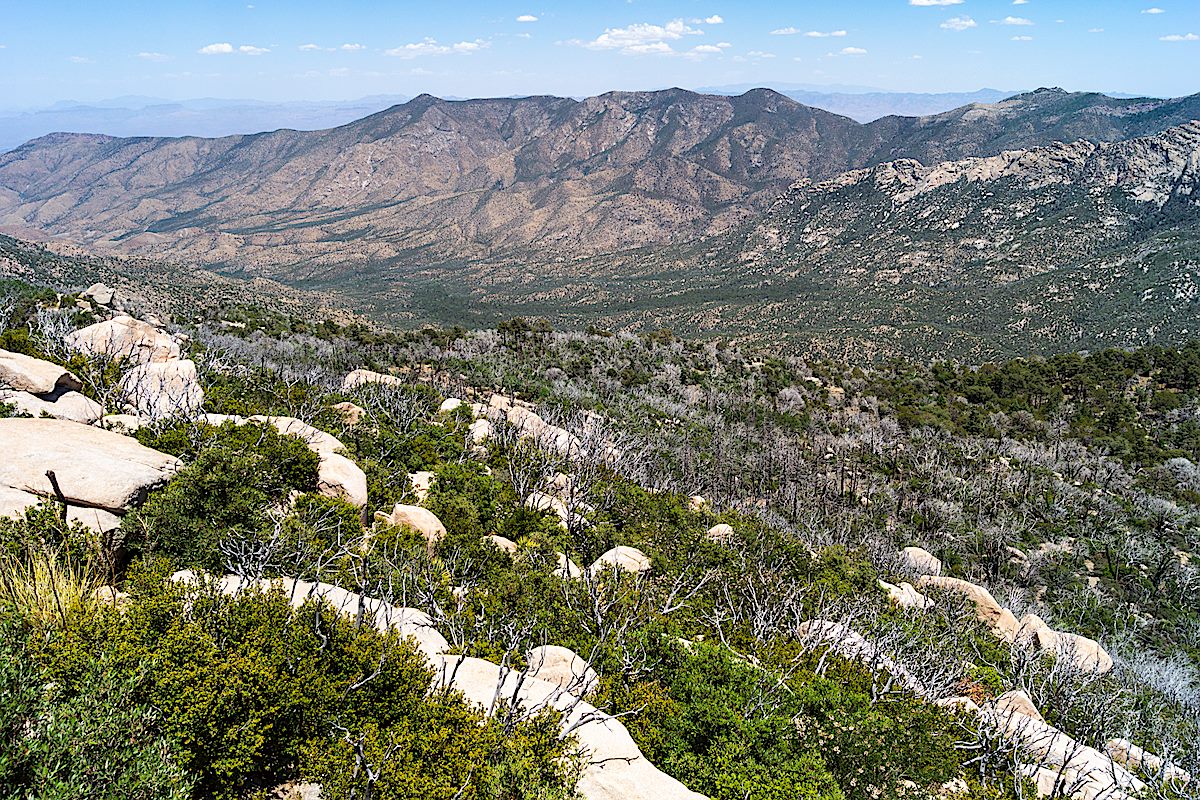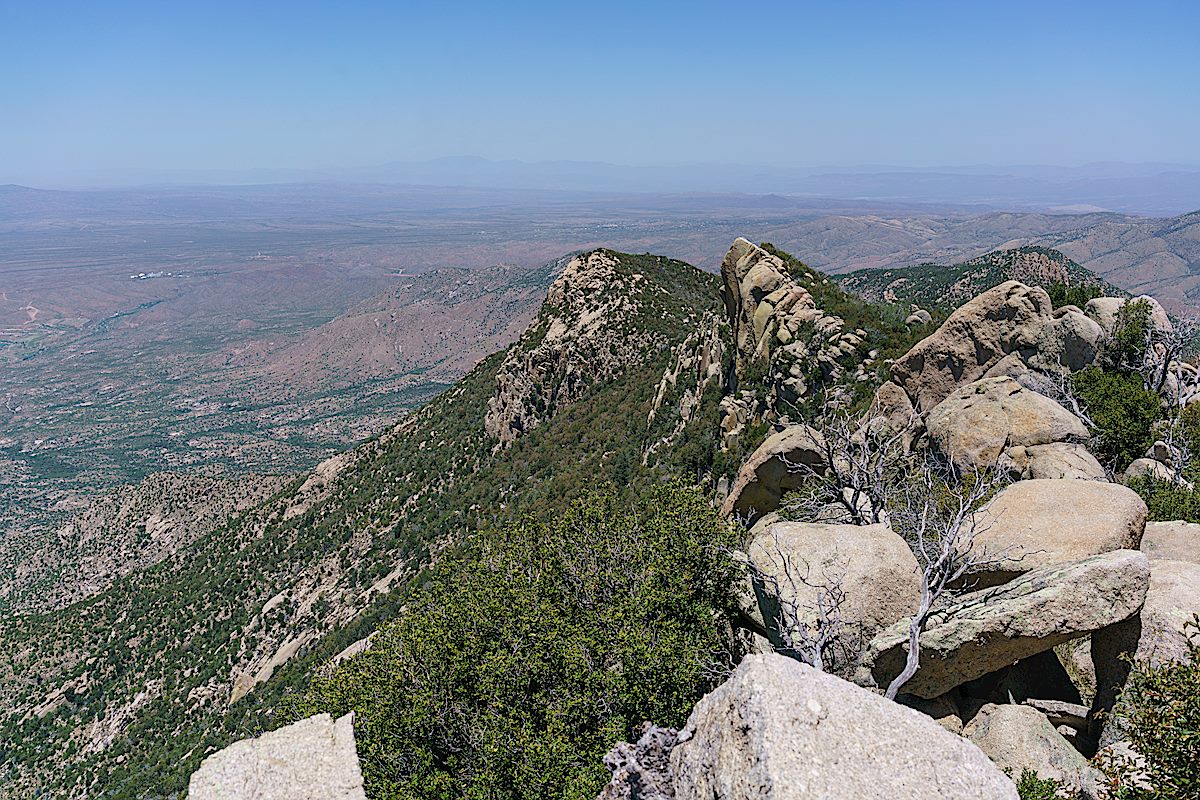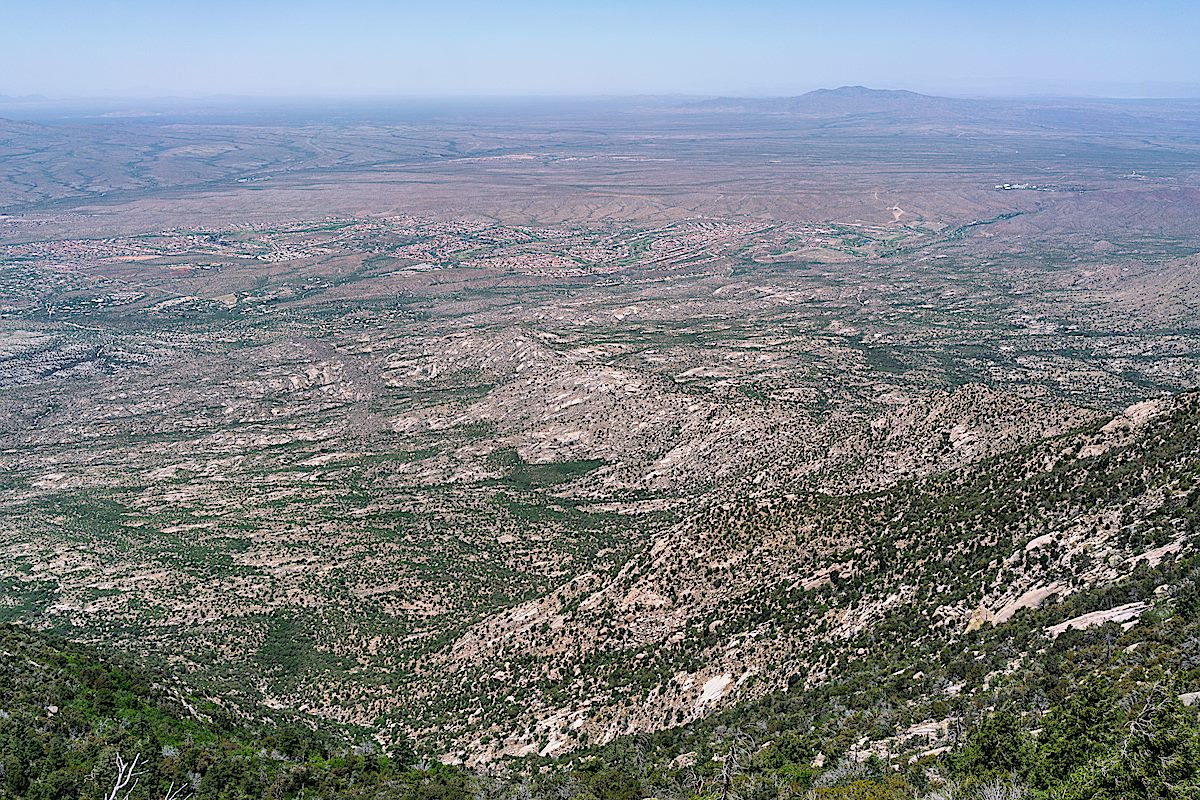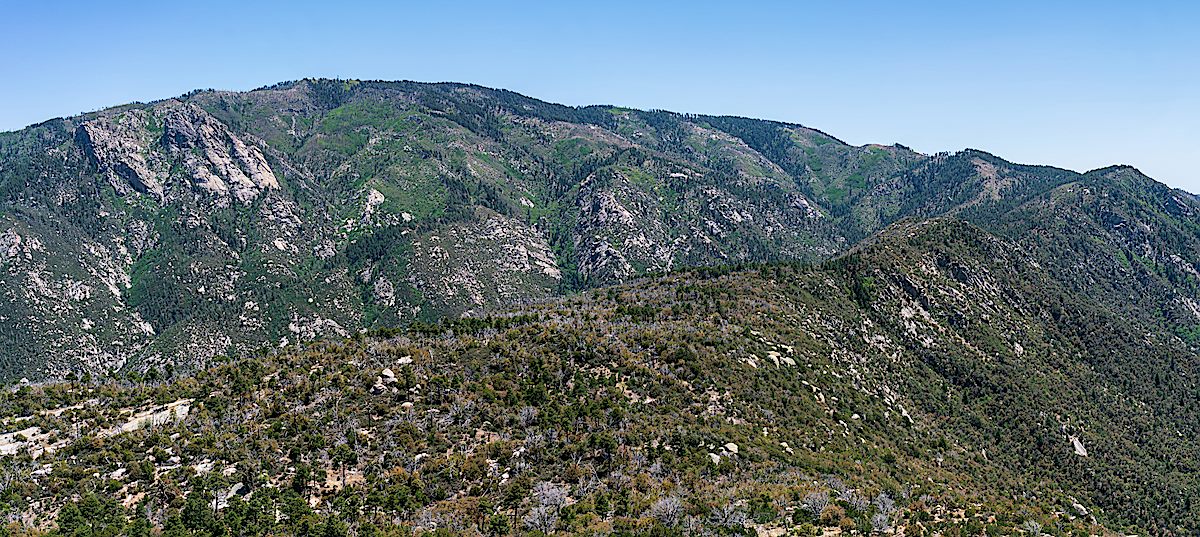Buster Mountain – if it didn’t have a name I wonder how often this spot on the map would be visited – just one of many protrusions on the ribs running west and down from Pusch Ridge. But the question is irrelevant, this rolling hilltop is named for Buster Bailey – probably best know thru Charles Bowden’s Frog Mountain Blues – and the summit register is filled with signatures.
From Frog Mountain Blues, p. 46-47:
He has become a footnote. Up on the mountain, there is a Buster Spring and above Buster Spring rolls Buster Mountain. For the old man this seems a trifle strange. He is Buster Bailey, seventy some years old, a man living in a junkyard with a household bagged at the bump. In a city of half-a-million, he is a ghost. And now they’ve gone and made him into some kind of landmark.
A new bridge over Canada del Oro on the Oracle highway swallowed the land he settled as a boy in 1927. The new Catalina State Park spreading against the north side of the range has entombed the ranches he worked and built in the thirties. Mesquite roots chew the soil of his old corrals, hackberry spreads over the spot where he once put his still, and a bulldozer has sliced off his old house lest it blemish the natural setting.
Frog Mountain Blues was published in 1987 and the details are aging – the city of half-a-million has added hundreds of thousands, nearly double depending on what you consider ‘the city’, and Catalina State Park as anything but new.
A few pages later a Jack Dykinga photograph shows bulldozers under curving utility lines, Buster Mountain in the distance on the left and Leviathan Dome rising out of Alamo Canyon on the right. Giant machines plowing thru the desert is a sort of sad ageless classic, but the 77 corridor thru Oro Valley has had so much construction and development for so long that it is hard to muster any deep emotion for a bit more or less asphalt.
The storm has given us a gift today – clouds and light all around, rain mostly in the distance. In a few more days this area will be legally closed until May, but it will be practically closed until next winter when the summer heat recedes. It is a privilege to be on this landmark, unseen ghosts on the empty mountain side, alone above the city of just-over-a-million.
